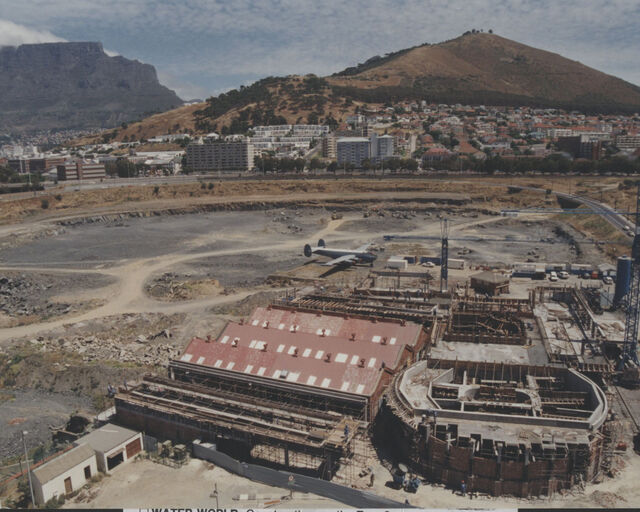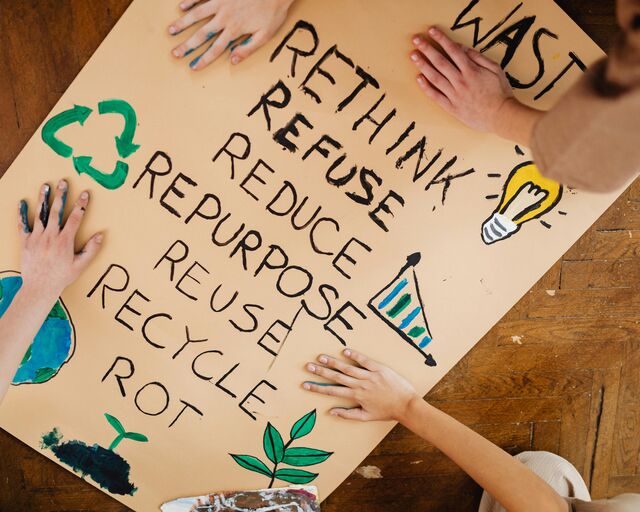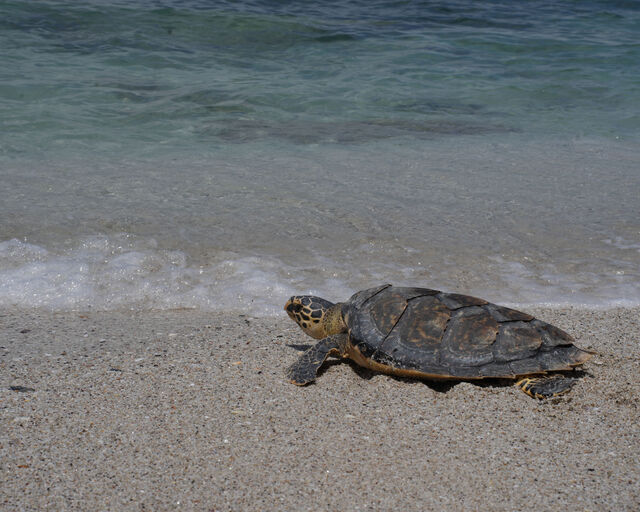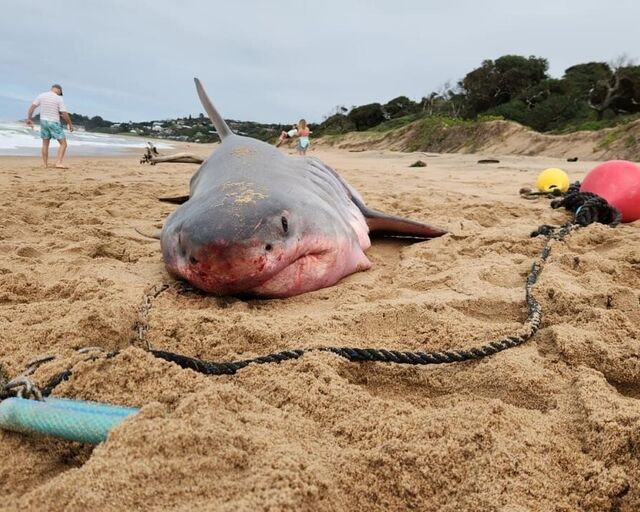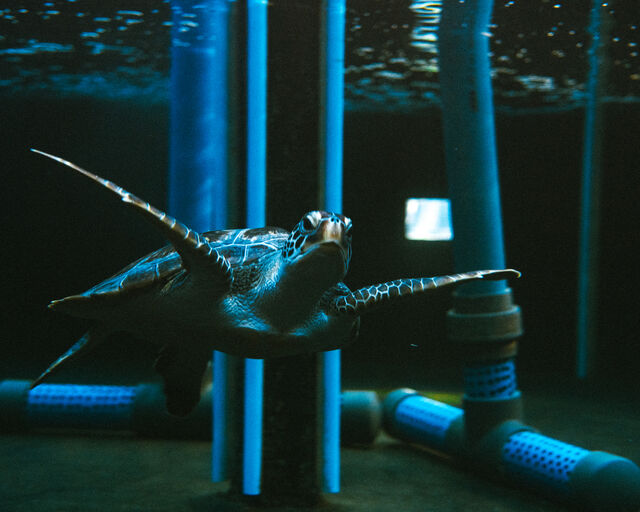Turtle stranding season: What you need to know
Stranding season is one of the busiest times of the year for the Two Oceans Aquarium Foundation’s Turtle Conservation Centre. Every year, hatchling and adult turtles strand on beaches along the Western Cape coastline. These patients are brought to our Turtle Conservation Centre for rehabilitation. Here’s everything you need to know about stranding season and what you can do to help…
Why do turtles strand?
Loggerhead and leatherback turtles nest along the KwaZulu-Natal coastline between October and December. Afterwards, thousands of newly hatched turtles venture into the warm, fast Agulhas Current, which flows along South Africa’s eastern coastline. As the current slows and turns, hatchlings are often spat into the colder waters near the Benguela Current. These hatchlings become dehydrated, shocked, and cold. This marks the beginning of "stranding season" from late February into July - stranding occurs when the little turtles become too exhausted to cope. Hatchlings require lots of care and often medical intervention to save their lives.
However, it’s not just hatchlings that strand along our coast. Sub-adult and adult sea turtles are also found in need of help. These larger turtles usually have extensive physical injuries from boat strikes or entanglement in ghost fishing gear. We have had loggerhead, green, olive ridley, and hawksbill sub-adult and adult turtles arrive at our Turtle Conservation Centre.
Both hatchlings and adult turtles are frequent victims of plastic ingestion: many times, our turtle team has witnessed a rescued turtle passing pieces of microplastic or even whole balloons. Plastic ingestion, unfortunately, goes hand-in-hand with strandings.
How does the Turtle Conservation Centre help?
Upon arrival at the Turtle Conservation Centre, turtles receive a full medical assessment: their body condition is assessed, they are checked for possible injuries or barnacles, and their weight and measurements are taken. After the assessment, we initiate appropriate treatments. While treatment varies according to each turtle’s injuries, our team prioritises good food, movement, and constant observation.
Hatchlings are often found with physical injuries such as partial flipper amputations, respiratory tract infections, ear infections, and hypothermia. The hatchlings typically stay at Turtle Conservation Centre until winter is over. This allows them enough time to heal and grow before release in the following summer when the ocean is warm again.
Sub-adult and adult turtles often require much more intensive care. Many have come into contact with boats and suffered extensive physical injuries. The Turtle Conservation Centre provides unfailing care for these turtles, from MRIs and surgeries to dry-dockings and intensive enrichment programmes. Larger turtles often spend months being rehabilitated. During the final stages of this process, they enjoy the space in the I&J Ocean Exhibit as part of a “soft release” to strengthen their limbs and get them fit for the ocean.
The Turtle Rescue Network
While the Turtle Conservation Centre is dedicated to rescuing stranded turtles, we cannot patrol every stretch of the coastline. Most often, stranded turtles are discovered by members of the public – people on family beach outings, fishing trips or morning walks. The Turtle Rescue Network was established in 2018, as a collective of like-minded people and organisations along the Western Cape coastline, from Lamberts Bay to Gqeberha. If a member of the public finds a stranded turtle, the Turtle Rescue Network coordinates with the nearest Network Point to get a rescued turtle to the safety of the Turtle Conservation Centre.
The Two Oceans Aquarium Foundation works closely with the National Sea Rescue Institute (NSRI), the Department of Forestry, Fisheries, and the Environment (DFFE), SANPARKS, and many more incredible organisations and community groups to facilitate turtle rescues. Many members of the Turtle Rescue Network provide collection points for stranded turtles, from where we arrange their transport to the Turtle Conservation Centre.
What to do if you find a stranded turtle?
Finding an injured turtle can be daunting when you aren’t sure what to do, but we can help.
The most important thing to remember is don’t put the turtle back into the water. If the turtle is injured, shocked or dehydrated, it won’t be able to swim away. Contact your nearest Turtle Rescue Point – they are permitted to rescue stranded turtles. Stay with the stranded turtle and don't attempt to pick it up - the Turtle Rescue Network will coordinate, collect the turtle from the beach, and transport it to the safety of the Turtle Conservation Centre at the Two Oceans Aquarium.
During stranding season, we must all work together to ensure that as many stranded turtles as possible are brought safely to the Turtle Conservation Centre. By knowing how to react when encountering a stranded turtle, you can have a super positive impact on that turtle’s road to recovery.
